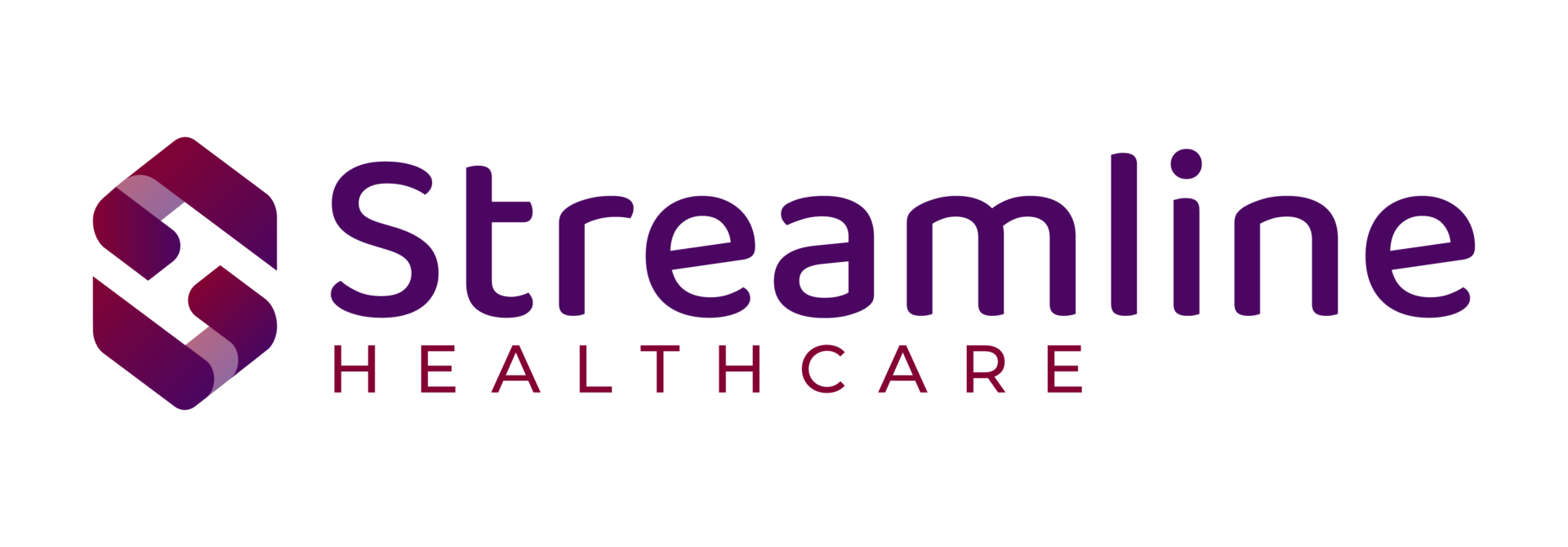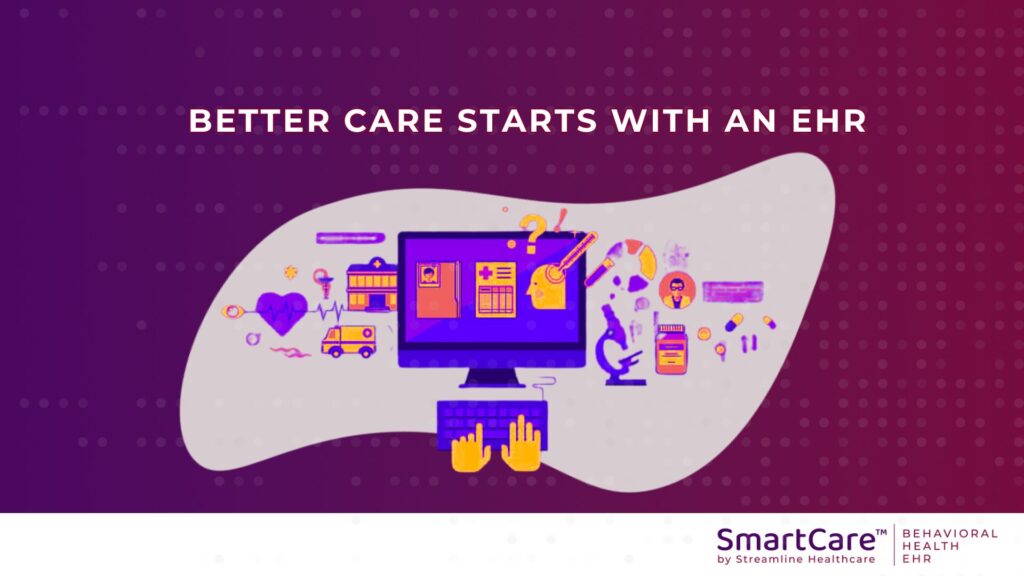President Donald Trump signed into law the “Coronavirus Preparedness and Response Supplemental Appropriations Act, 2020” on Friday, March 6, after it passed the U.S. Senate by a vote of 96-1. This bill provides $8.3 billion in emergency funding to help U.S. researchers and healthcare providers address the outbreak of COVID-19.
The final version of the bill provides three times the original $2.5 billion in funding that the Trump administration requested on Feb. 24. The source of this funding is currently uncertain.
Under the new law, $7.76 billion will go to federal, state, and local agencies, and another $500 million will be provided in the form of waivers for Medicare telehealth restrictions.
Where is the coronavirus funding going?
Funding from the bill will go toward programs that will address the COVID-19 outbreak, including:
- Development and procurement of vaccines and other medical supplies for COVID-19
- Grants to state, local, and tribal public health agencies and organizations
- Loans for small businesses affected by the virus
- Emergency preparedness activities, including evacuations, at U.S. embassies and other State Department facilities
- Support for health systems in other affected countries
Within the Department of Health and Human Services (HHS), the bill provides supplemental appropriations for the 2020 fiscal year for the:
- Food and Drug Administration
- Centers for Diseases Control and Prevention (CDC)
- National Institutes of Health
- Public Health and Social Services Emergency Fund
Among the funding, $3.1 billion goes to the HHS secretary’s office, and is available until 2024. Of this portion, $100 million will go to community health centers for underserved groups.
CDC is responsible for dispersing $950 million for state and local public health response, half of which must be allocated within 30 days. This funding may be used for hiring additional healthcare and support staff, conducting outbreak investigations, disrupting virus transmission, supporting laboratory functions, and performing data analytics to track the spread of COVID-19.
Supplemental appropriations, which are designated as emergency spending and exempt from discretionary spending limits, are also provided for several other agencies:
- Small Business Administration
- Department of State
- U.S. Agency for International Development
How will the coronavirus response bill affect telehealth?
The coronavirus spending bill also addresses telehealth, under a section titled, “Telehealth Services During Certain Emergency Periods Act of 2020.” This section amends the Social Security Act, giving the Secretary of Health and Human Services authority to temporarily waive or modify the application of certain Medicare requirements regarding telehealth services provided during the coronavirus outbreak.
Coverage of telemedicine under Medicare has been mainly restricted to residents of rural areas who would have to drive a long way for treatment. Under the Coronavirus Preparedness Act, the government can waive those restrictions to help address the current outbreak.
Medicare recipients who may be infected with COVID-19 still need to be physically tested at a clinic, hospital, or doctor’s office. However, expanding the use of telehealth during the coronavirus outbreak can help providers better prepare for patient testing and manage the increased demand for care.
By waiving restrictions on telehealth for Medicare recipients, telehealth can also help seniors address other medical issues at home, preventing their exposure to other patients who may be infected with COVID-19.
Why is telehealth important during the coronavirus outbreak?
The spread of coronavirus and an increase in COVID-19 infection rates could put significant pressure on U.S. health resources. As more people seek treatment, and a growing number of workers and students are encouraged to stay home, telehealth will be more important as a safe, convenient, and cost-effective method of providing care for individuals who may be affected by coronavirus.
Telehealth is helpful in times of uncertainty, providing a way to evaluate patients in an environment that may be safer or more comfortable for them. Telehealth can also be used to help providers and patients decide if they really need to visit a hospital or an urgent care clinic.
In addition, telehealth provides another method by which different health systems and providers can communicate with other healthcare or business partners. As researchers continue to fill in the gaps in coronavirus knowledge, and providers are still learning about its effects on patients, telehealth provides a way for organizations to share information on any coronavirus cases they encounter. Healthcare organizations with multiple locations also can use telehealth to make recommendations and announcements to other healthcare or business partners.
Although the coronavirus outbreak is still unfolding, it could have a long-lasting impact on the future of telehealth. The changes made to telehealth under this bill could lead to more permanent changes in the way Medicare covers telehealth and remote monitoring devices.
Is now the time to launch your telehealth program? The right partner can help you launch your telehealth services, integrate them into your EHR, and create the best experience for you, your staff, and your clients.
Streamline Healthcare Solutions will partner with your behavioral health practice to help you achieve your telehealth goals. Contact our expert team today and find out how we can help.




